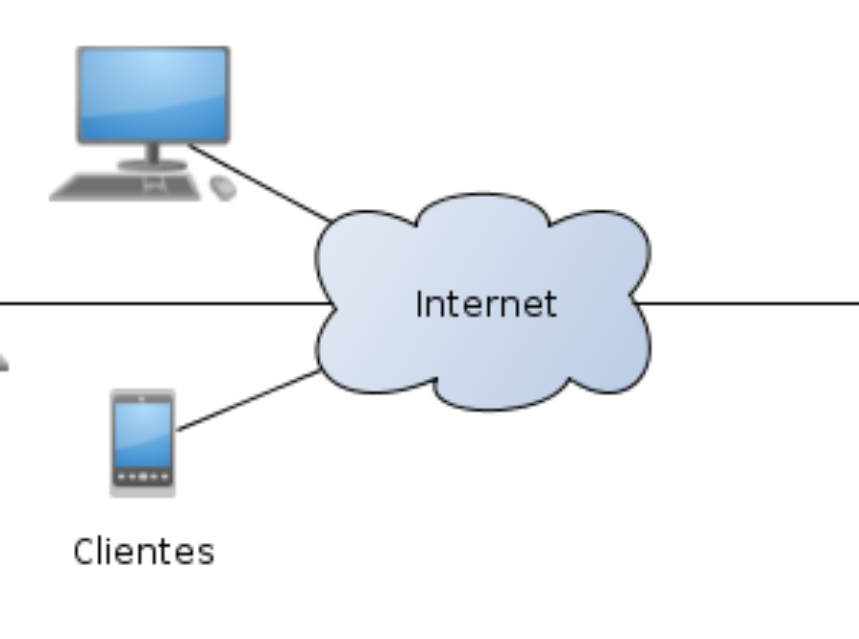
What is client/server architecture? Understand the concepts and types of architecture
Primero necesitamos entender los nombres claves
Servidor: es una aplicación que se encarga de estar a la escucha de solicitudes o instrucciones
Cliente: es el que le envía las instrucciones al servidor
Cuando nosotros insertamos una URL En nuestro navegador es hacer una petición a un servidor que está en otra parte del mundo, el servidor toma esta petición y nos responde, La diferencia es que el servidor es mucho más potente porque puede enviar con muchos más clientes . Mientras que los clientes solo piden algo del servidor les da algo.
Muchos clientes piden un solo computador recursos, pueden ser imágenes, videos, textos o cualquier tipo de dato, necesitamos una manera de comunicarse necesita un protocolo. Los protocolos no son más reglas en diferentes dispositivos para poder comunicarse es decir para hablar el mismo lenguaje deben tener unas reglas iguales, y para comunicarse el protocolo más común es el HTTP El protocolo de transferencia de hipertexto es el más utilizado en la web, móvil , navegador pide imagen al servidor, el servidor recibe la solicitud y le responde la imagen o puede pedir un html o un audio.
ROJO: Conjunto de clientes, servidores, bases de datos unidos de manera física o no física en los que existen protocolos de transmisión de información
Cliente: demandante de servicios (puede ser un ordenador, aplicación informática la cual requiere información de la red para operar
Servidor: proveedor de servicios puede ser un ordenador o aplicación informática que envía información a los demás agentes de la red
Protocolo: conjunto de normas sobre el flujo de información de una red estructurada
Servicios: es un conjunto de información que busca resolver las necesidades de un cliente (correo electrónico)
Bases de datos: Almacenaje de datos
EJEMPLO USO CLIENTE / SERVIDOR: El internet tiene computadoras que se conectan alrededor del mundo, los cuales se conectan a los servidores de los proveedores de internet y los cuales los redirigen a las páginas que desea visitar.
Tipos
Arquitectura de 2 niveles: Se utiliza para describir los sistemas de cliente servidor, donde el cliente solicita recursos y el servidor respondedor directamente a la solicitud con sus propios recursos eso significa que el servidor no requiere ubicación para ser parte del servicio
Arquitectura de 3 niveles: Se utiliza para describir sistemas de cliente servidor, donde el cliente solicita recursos y el servidor no puede responder a esta solicitud con sus propios recursos esto significa que el servidor requiere de otra aplicación o servidor para proporcionar parte del servicio



